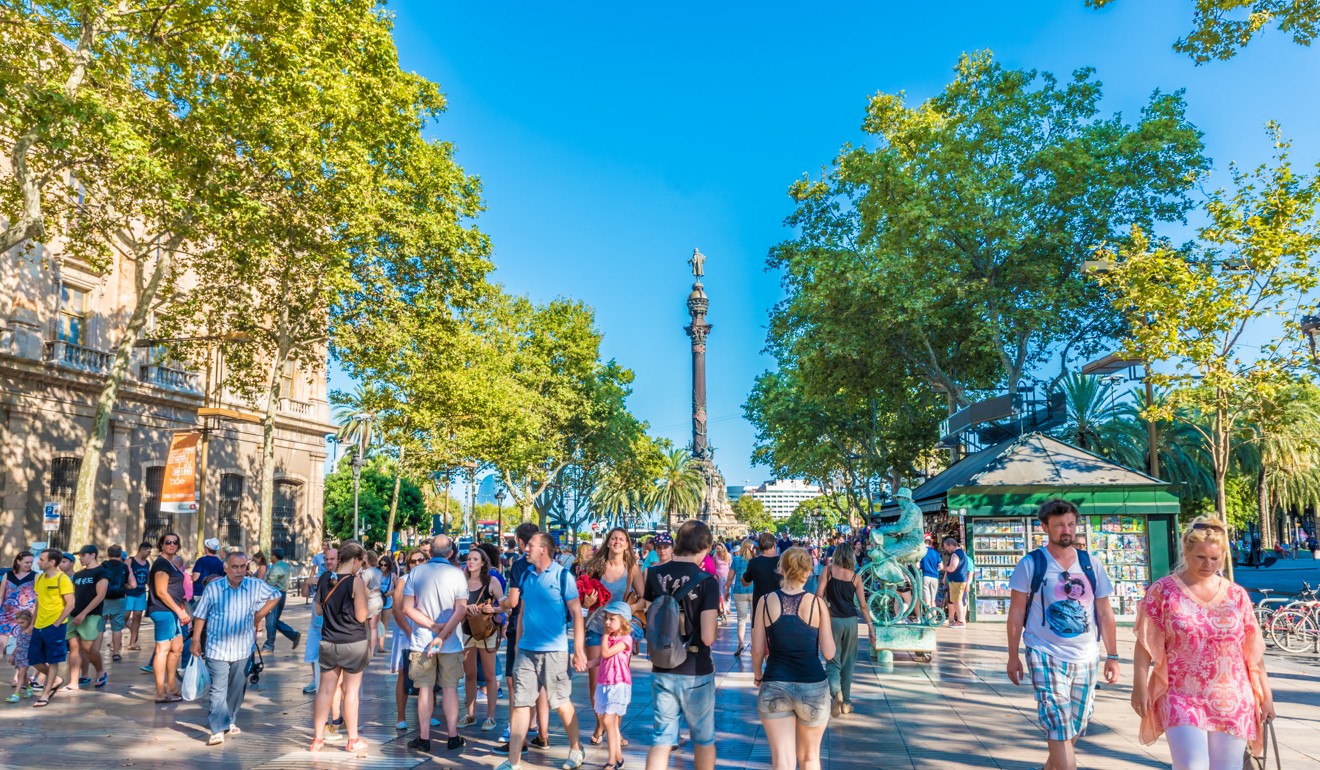
Overtourism: how travellers can reduce global tourist invasion by throwing out the bucket list and creating alternative adventures
As the middle class grows in China and elsewhere and more travel for leisure, popular destinations are being overrun – so do your bit by going out of season, beating the crowds to undiscovered places, and leaving the hive mind behind
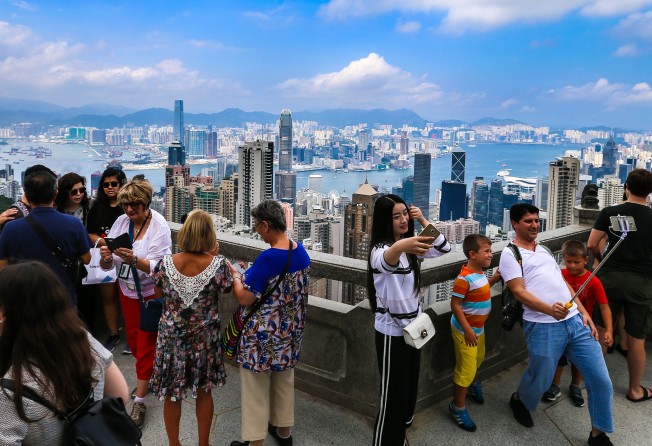
Would you visit Japan without getting close to Mount Fuji, see Spain without strolling Las Ramblas in Barcelona, or tour Italy and not sample Venice? And yet something has to give as an ever-expanding class of people across the globe who can afford it are taking more trips abroad, and more often, than ever before.
As a consequence, overcrowding is creating real problems for the very places – and their people – that are making us want to travel in the first place.
Not that travel doesn’t bring benefits. “Tourism is a force for good in the world, creating jobs and economic growth,” says Gloria Guevara, president and CEO of the World Travel & Tourism Council (WTTC).

The latest figures show that in 2017 the travel and tourism contributed nearly US$7.9 trillion to the global economy. Tourism now generates a mighty 10 per cent of the world’s gross domestic product, according to the United Nations, which reports that more than 1.2 billion tourists travelled internationally in 2016. By 2030, that figure is expected to grow to 1.8 billion.
The consequences of people’s insatiable appetite to explore the same places in the world is underlined by a new report from the World Travel & Tourism Council.
The poster city for tourism’s negative impact is Barcelona in Spain, where the city’s mayor ran for election on a platform of managing overcrowding after residents complained of rising rents and rowdy tourists taking over the city centre.
In Venice, the past 30 years have seen tourists replace local people, with the city’s population halved as more move to the mainland to escape the tourist influx. It’s one of about 20 places globally where local communities and tourists alike now are complaining about the negative impacts of too many tourists.
Visiting a place one year gives no guarantee that you’ll understand it the next … bucket-list travel is a horribly flawed concept
So should we all stop travelling? “Growth is not the enemy (and) growing numbers are not the enemy – growth is the eternal story of mankind,” said Taleb Rifai, UNWTO secretary general, in November at a summit of ministers of tourism in London to discuss overtourism. “We cannot continue to build five-star hotels in three-star communities,” he said. “Jobs and charity are not enough – we need to diversify visitors’ activities, reduce seasonality and raise awareness of less busy destinations.”
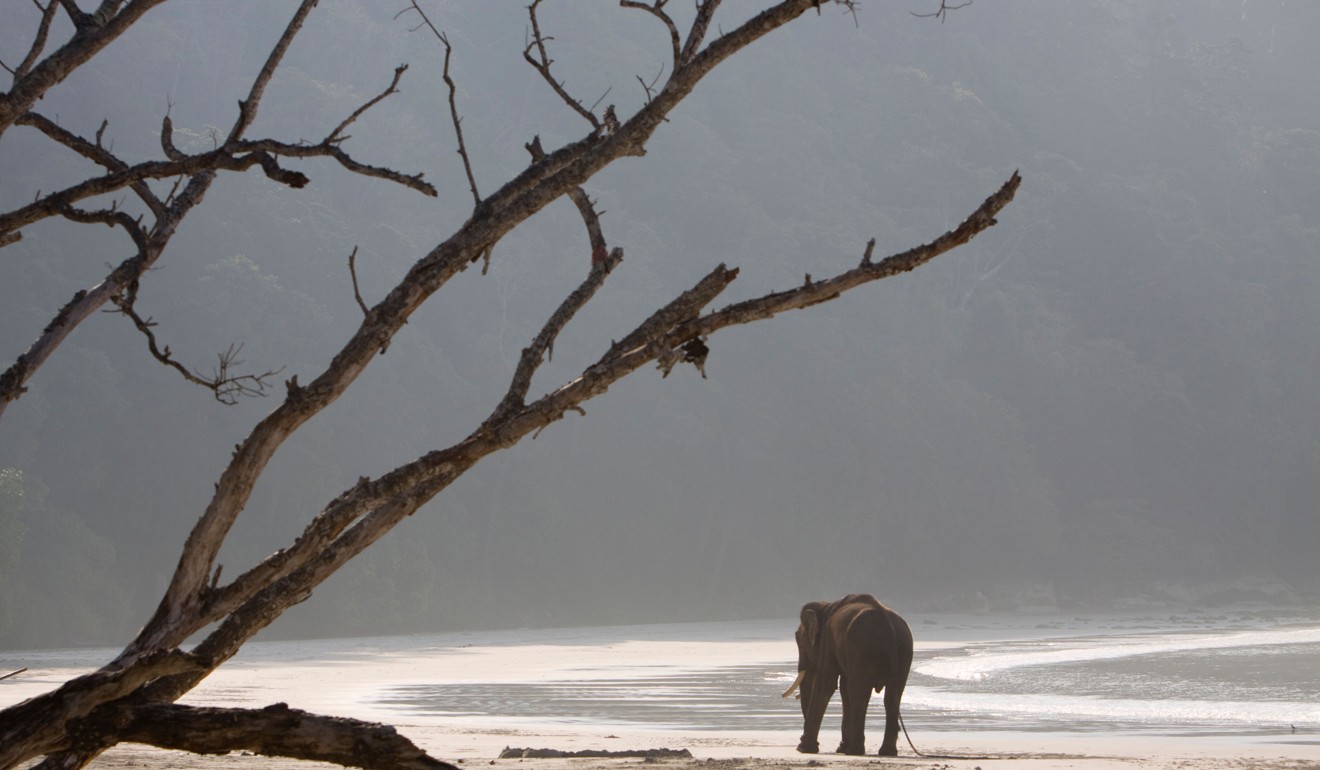
Justin Francis, CEO of Responsible Travel, says: “It is up to all of us as travellers, travel companies, destination managers, writers and travel lovers worldwide to help carve out a new destiny for tourism by listening to local people.”
Francis expects more complaints from communities incensed by intrusive tourism and government indifference on the issue.
“We need to free ourselves from the restraints of crowd-following and bravely seek out our own alternative adventures … this is where the magic of travel really lies,” he says.
Francis recommends several ways for travellers to seek alternatives to the usual hotspots, including small-ship cruising, tribal encounters in places such as Thailand and Vietnam, swapping skiing in big resorts for trips focused on snow shoeing, cross-country skiing and ski touring, and taking sense-heightening walking safaris instead of piling into Toyota jeeps.

“The idea of ‘ticking off’ parts of the world is one I would not recommend to anyone, for the simple reason that the world is not static,” says Chris Fitch, author of the book Atlas of Untamed Places: An extraordinary journey through our wild world.
The book includes some hard-to-access places, from Namibia’s Skeleton Coast and the Sundarbans in Bangladesh to North Sentinel Island in India’s Andaman Islands and Gangkhar Puensum in Bhutan.
“Every part of the world is changing all the time, at different rates and in unpredictable ways, and visiting a place one year gives no guarantee that you’ll understand it the next … bucket-list travel is a horribly flawed concept,” Fitch says.
Bucket-list travel encourages an ignorance about the world, argues Fitch, implying that someone can drop into a capital city and announce that they’ve “done” a country.

Fitch says that the most extreme feeling of isolation he has ever had was in Meru National Park, Kenya. “I believe I was the only external visitor in the entire park during my time there, which gave me a powerful sense of perspective to realise that the rest of the park is purely wild plants and animals,” he says. You won’t get that on a coach tour or a cruise.
Fitch says there are a considerable number of naturally curious travellers searching for places that don’t have many tourists in them. “There are those more comfortable with the new and the unknown that are forever trying to stay ahead of the curve,” he says, adding that the niche of savvy travellers searching for new, untouched destinations is not the mass market.
WTTC’s report says the top 20 country destinations will add more arrivals by 2020 than the rest of the world combined. One of the key issues is the rise of tourists from China, with Chinese international tourism spend more than tripling since 2011 to reach US$261 billion in 2016, according to a recent report from Hong Kong-based investment group CLSA.
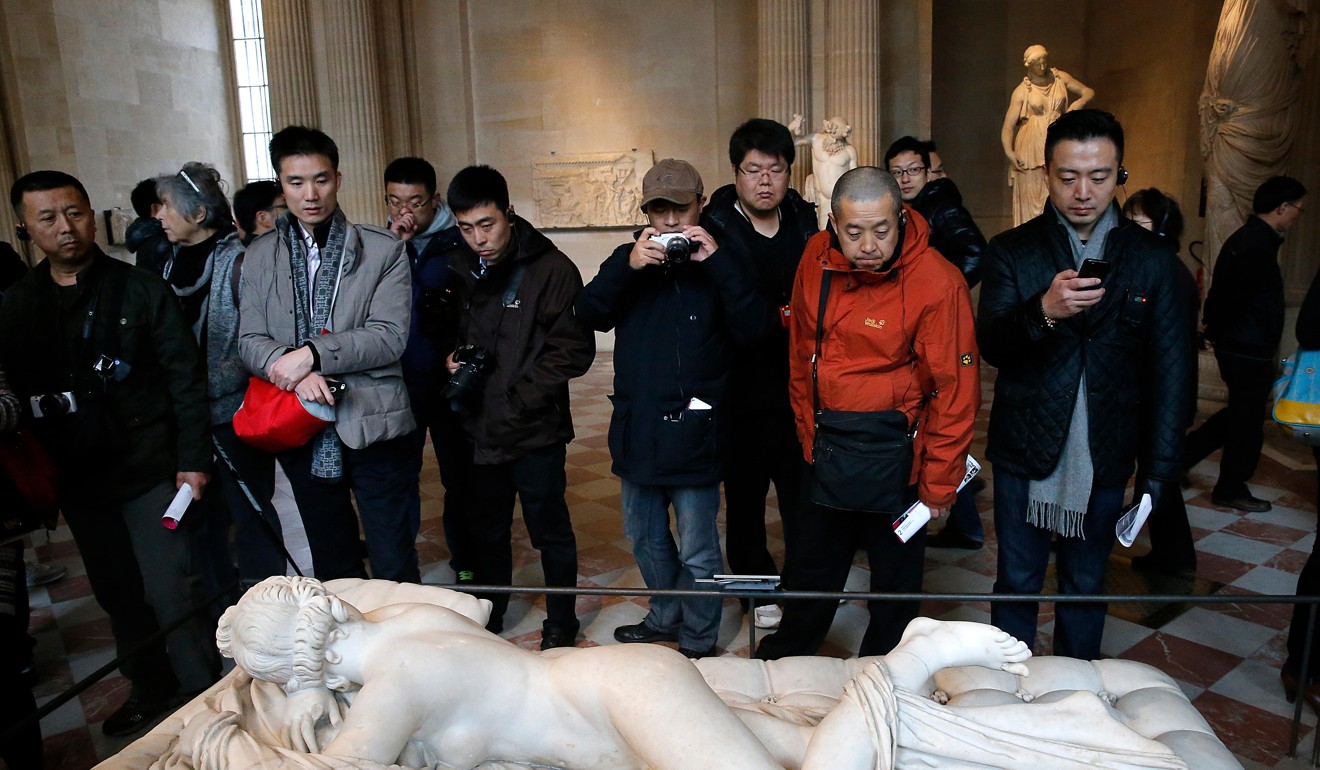
“China is having a massive impact on global tourism, along with the many Indians and Indonesians and many other nationalities, whose new prosperity has enabled them to join the jet-setters,” says Fitch. “Tour companies, hotels, resorts and other people involved in tourism need to step up and accept the challenge of making their clients understand what impact their personal presence is having on a place, so that guests can return from their trips better informed about the world, and about their own place within it.”
WTTC’s report contains nasty examples of the effects of mass tourism: graffiti on China’s Great Wall and at Cambodia’s Angkor Wat; an overloaded sewage system and littering in India’s beautiful, but tourist-saturated desert city of Jaisalmer; power failures and water shortages in the Philippines; and multi-hour queues at the Eiffel Tower and The Louvre in Paris.
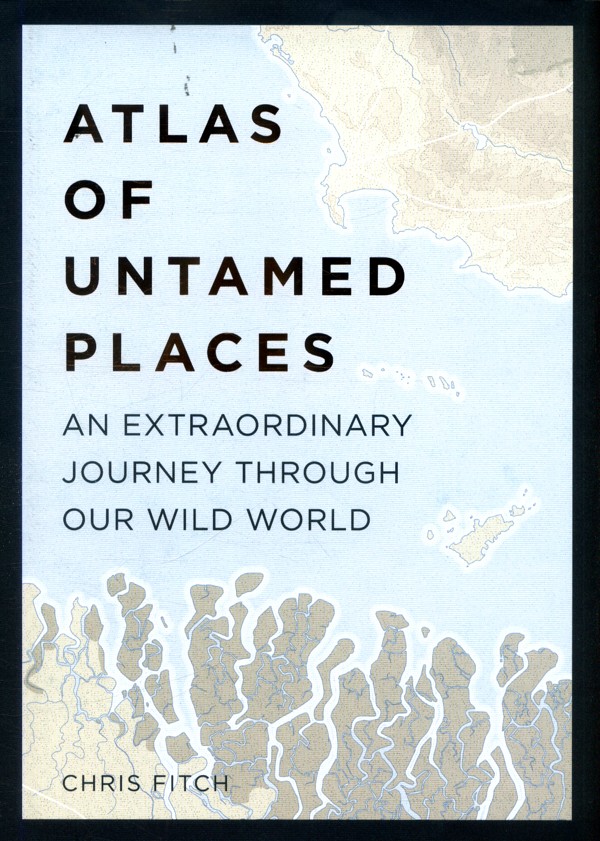
Some destinations have had to take drastic action. After nearly 80 per cent of the reefs in Thailand’s Koh Khai islands were damaged by overtourism, the government closed the islands to visitors indefinitely. When Unesco expressed concerns about landslides, erosion and pollution at Peru’s Machu Picchu, the government set a limit of 2,500 visitors per day. It’s now imposing time limits and set routes around the Inca city.
Anyone who’s seen tourists littering, feeding animals in safari parks, or clambering over barriers to take badly posed selfies will know that the problems of “overtourism” are largely about a lack of personal responsibility, but who is to blame? The tourist or the businesses that take their money?

“Guest ignorance isn’t an acceptable excuse any more when it comes to the mess or other negative impact that mass tourism can have on a popular tourist attraction,” says Fitch. “The stakes are simply too high.”
Travel is about discovering, and it’s easy enough to leave the hive mind behind. Researching off-the-beaten-track destinations and off-grid adventures has never been easier, and with smartphone navigation, you will always know where you are; all you need now is a little imagination.